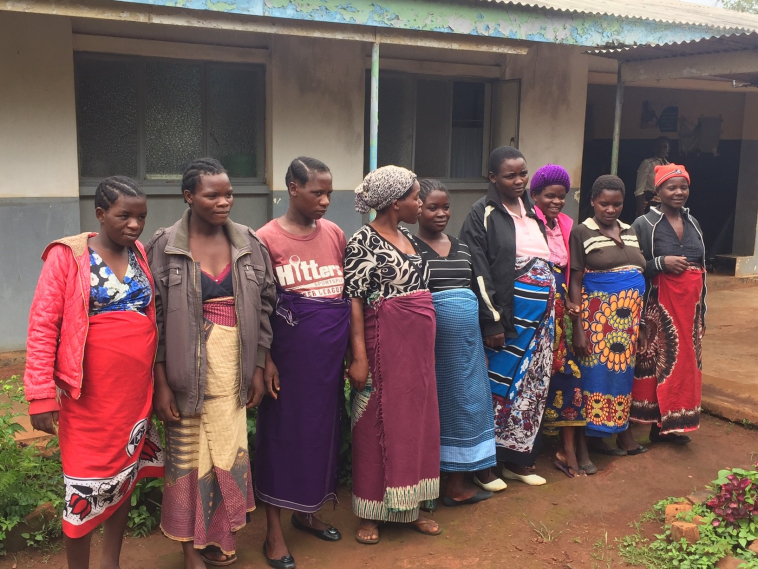The Sanitation Crisis
When it comes to women’s health, availability of adequate, safe water and sanitation is critical across the continuum of care: from adolescent health to pre-pregnancy, pregnancy to delivery, throughout postpartum care and then early childhood.

A key issue for universal access is low availability of public and community toilets and washrooms. Today, 4.5 billion people – around 60 percent of the world’s population - live without a safe toilet. Where they do exist, these facilities typically do not meet the requirements of women and girls. As a result, their health, education and safety can be dangerously compromised.
Adolescent health
As in so many areas of public health, poor quality services disproportionately impact adolescent girls; particularly during menstruation.
Girls attending schools with functional, single-sex toilets that provide a private place to wash and change, and a reliable supply of water and soap, are much more likely to be able to manage their periods with confidence and dignity.
But though schools should provide a unique opportunity to educate and accommodate these needs, the WHO / UNICEF 2018 Report: Drinking Water, Sanitation and Hygiene in Schools: 2018 Global Baseline Report highlights that one fifth of schools worldwide do not provide any toilet facilities. The result: girls often do not attend school for a few days each month.
Contributing to maternal mortality
Basic clean birth practices such as hand washing, clean equipment and cord-cutting require access to clean water and sanitation, and failure to maintain these can adversely affect maternal mortality outcomes. Exposure to unsafe water and sanitation and poor waste management in health facilities increases the risk of infections in both mothers and babies.
Toilets and washrooms should be private, safe and clean. Waste disposal systems need to be available to address all waste flows effectively and discreetly, and there should be access to clean water and soap. Women going into labour should have access to safe health facilities with:
- consistent, predictable running clean water,
- clean toilets,
- safe refuse disposal,
- clean beds,
- areas for deliveries.
Towards universal access
The United Nations 2030 Agenda for Sustainable Development (SDGs) includes the target of achieving ‘access to adequate and equitable sanitation and hygiene for all and end open defecation, paying special attention to the needs of women and girls and those in vulnerable situations’ by 2030 (SDG 6.2). 193 countries of the UN General Assembly committed to this goal in September 2015, but we have an extremely long way to go.
FIGO asks all health professionals to ensure that water and sanitation (WASH) is embedded into all commitments regarding the health and wellbeing of girls and young women, and in commitments to reduce maternal and newborn deaths. Standards for maternal and neonatal care must be considered in broader health system planning, ensuring integration between WASH and health targets such as Universal Health Coverage.